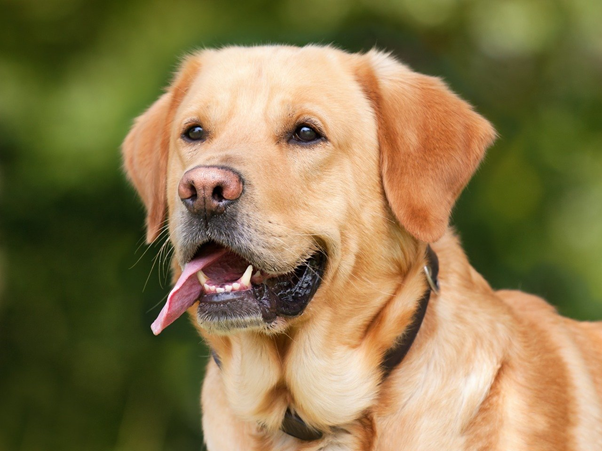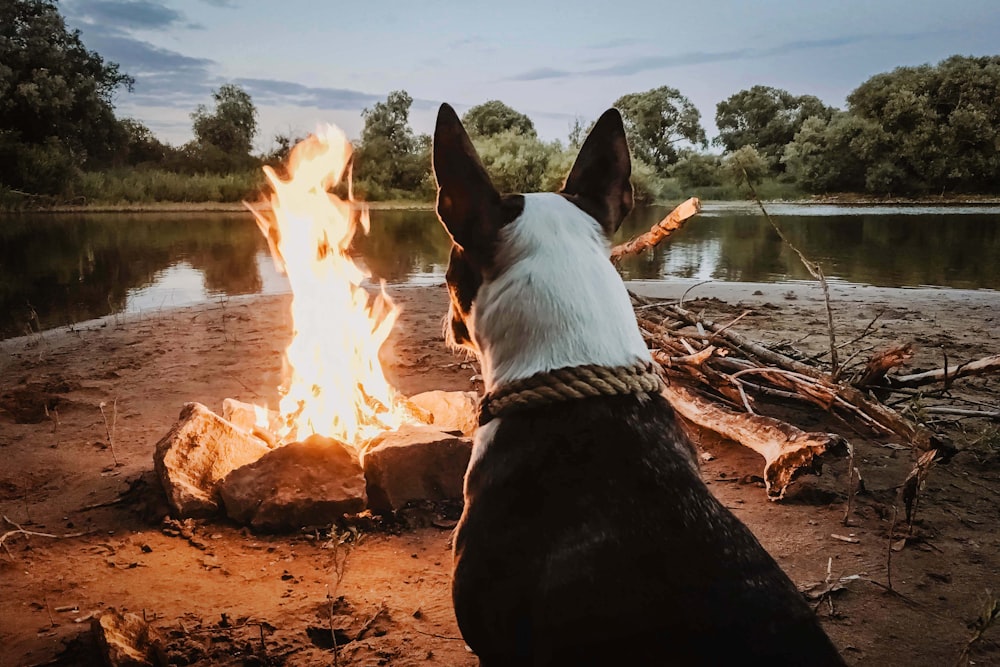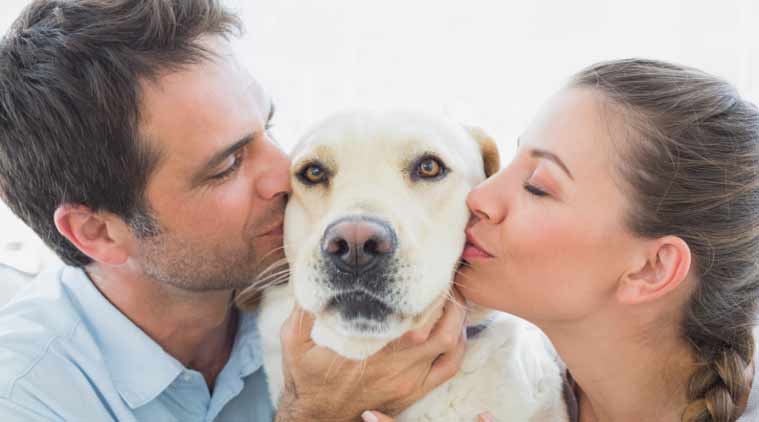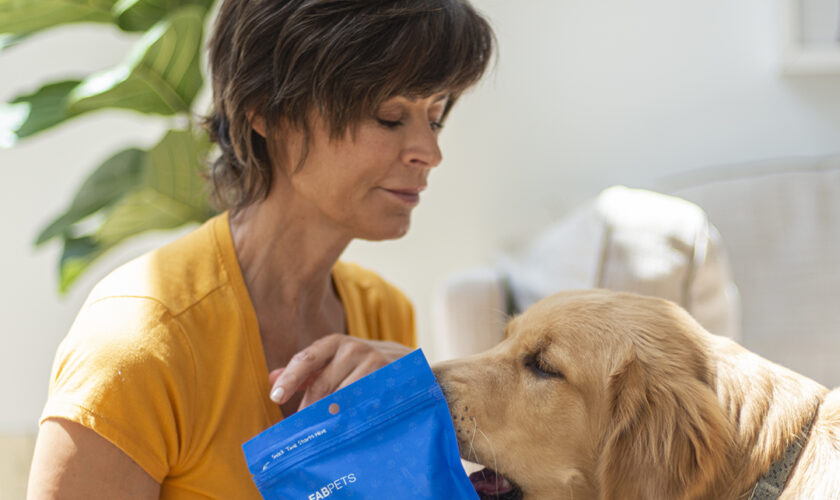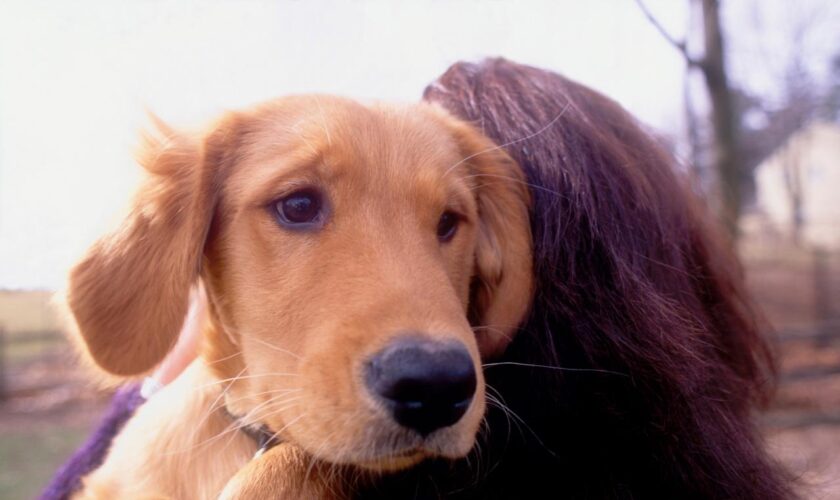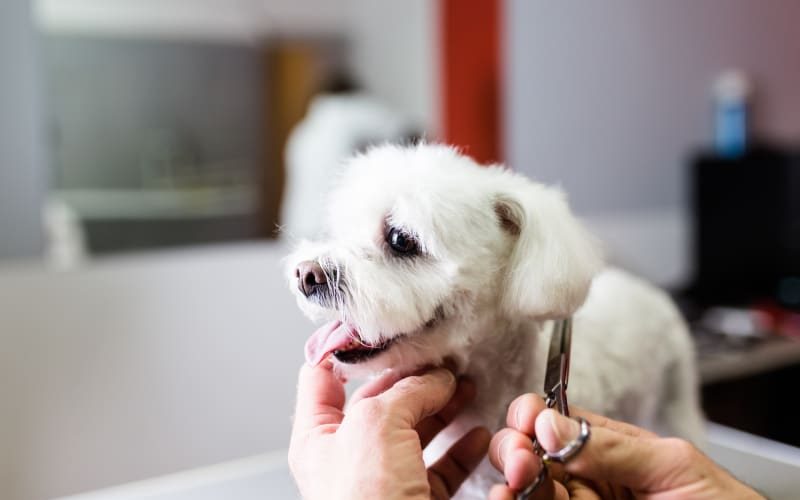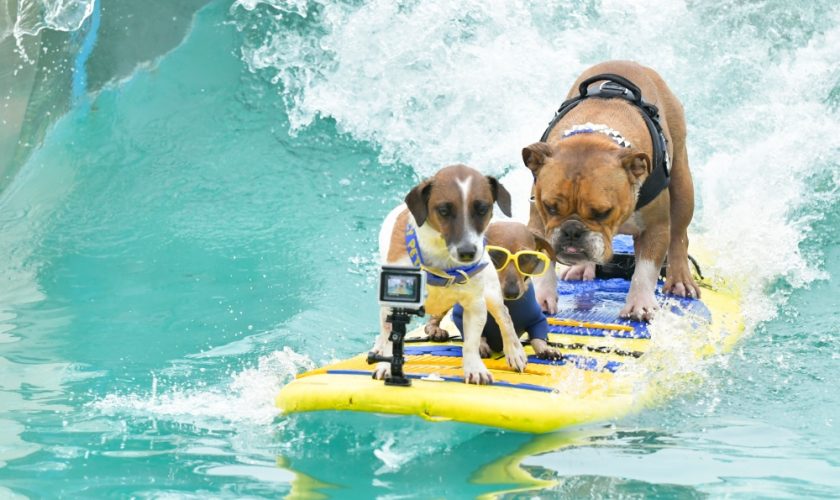Are you a dog or cat person? A pet is often your best friend. your buddy. You can walk with it, eat together and cuddle when you lie on the couch in the evening. A pet is good for people. If you are planning to get a dog, for example, it is important that you have a number of things at home as a precaution. Especially before that little four-legged friend is walking around everywhere. Are you curious about which accessories you need for your little four-legged friend? Then read on.
Take a walk around
When you have a dog, it needs to go outside several times a day to relieve itself. Especially when they are still young, dogs sometimes want to run from one side of the street to the other. To prevent this, you can choose to purchase a dog leash. However, you cannot attach a dog leash to a dog’s fur. You can easily attach a dog leash to dog collars. The dog collars is a band that the dog can keep on continuously during the day. It may even be wise to hang a hanger on the dog collars with the dog’s name and your contact details on it. When your dog has run away from home, people on the street who find him can see on the dog collars where the dog should go. The dog collars will help your four-legged friend find it again. Dog collars are also available in different colors and sizes. This is of course because not every dog ​​is the same width and has the same head.
Take a nap
When your dog is still young, he will have to sleep a lot during the day. This makes it nice that the dog has its own place in its house where it can lie. Otherwise, it is possible that the dog will lie on furniture while you would rather not. When you purchase a pouf or a bench for the dog and use it structurally, the dog will eventually see this as its place. This way the dog will be able to sleep well while you are busy with household chores.
Go get it
When you go to get a dog, it is often the case that they are still very playful as a puppy. It is therefore nice that you have something at home, so that the puppy can play every now and then, but also with you as owner. For example, you can think of a tennis ball or a squeaky toy that are for sale everywhere. During your walks you can also teach the dog to apport.

